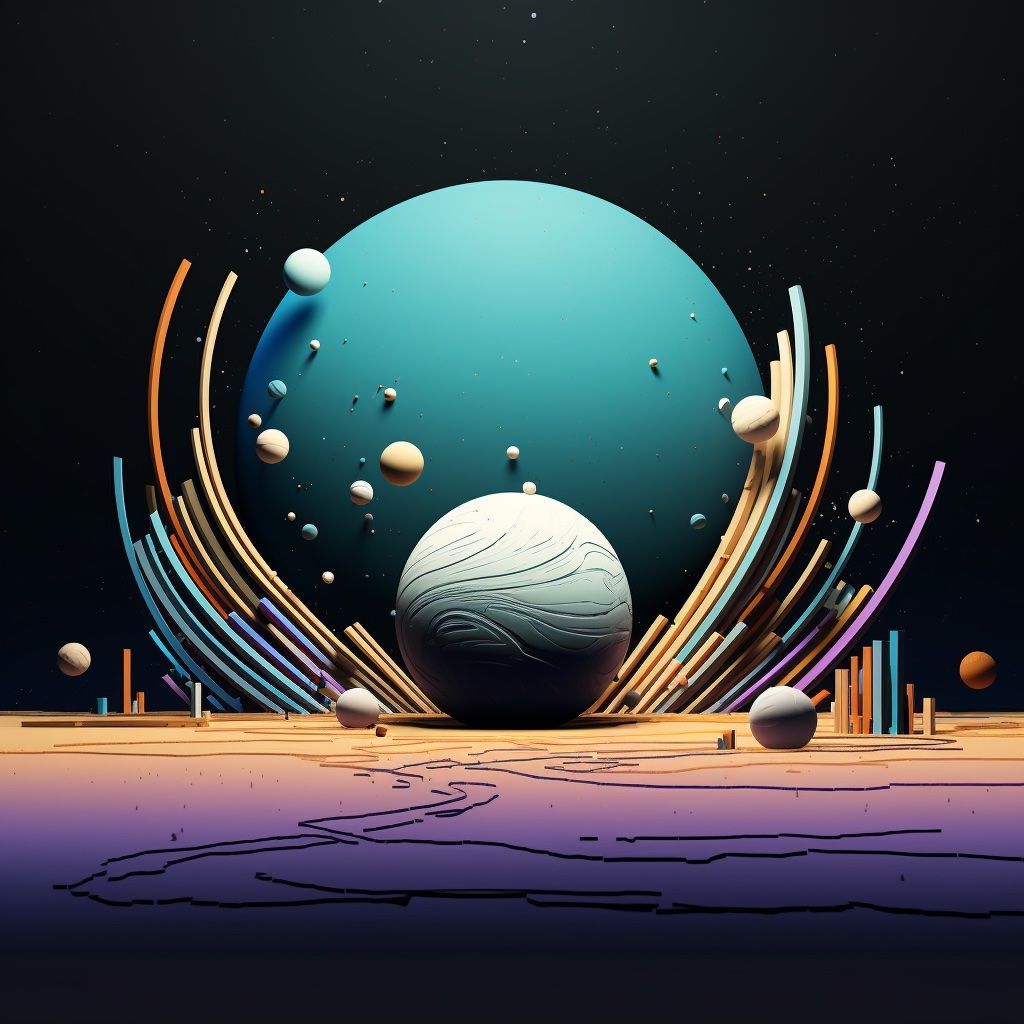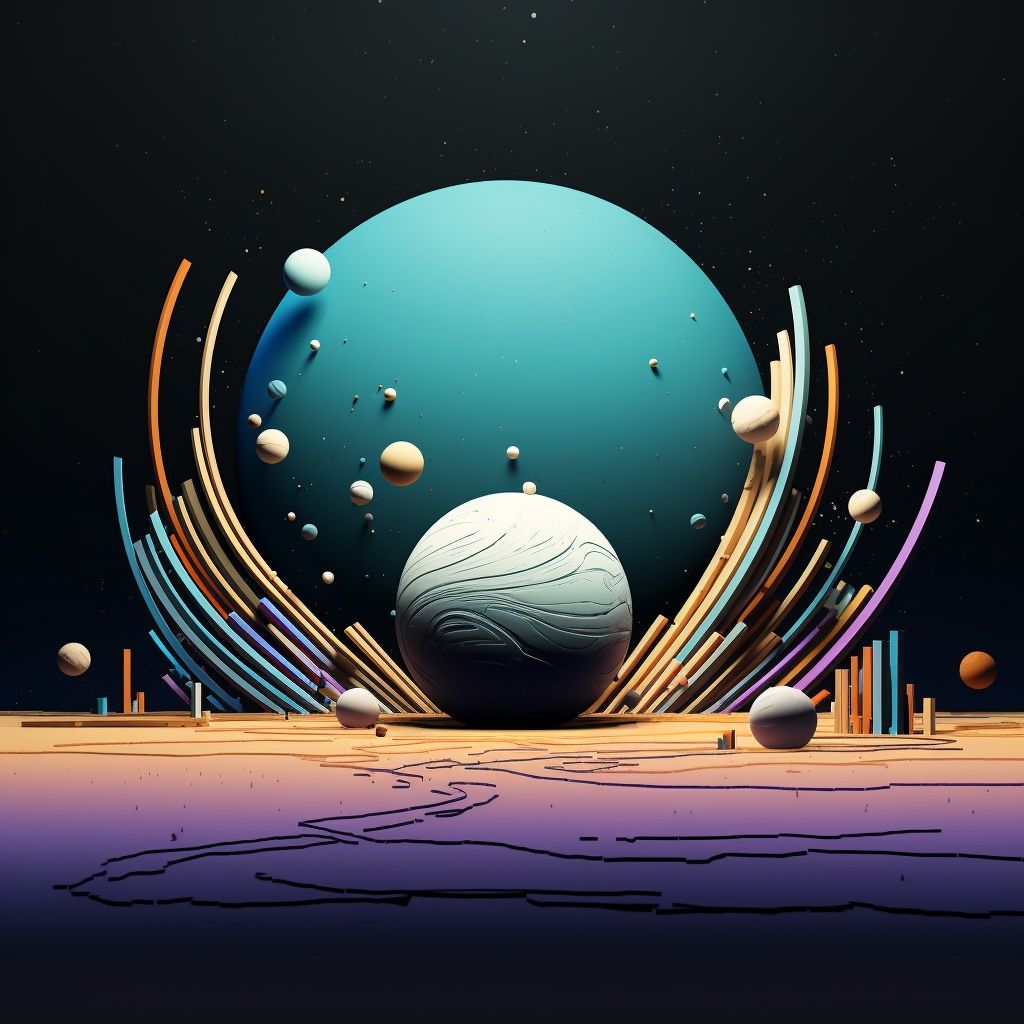Gaia Reveals New Details on Stars, Asteroids and Distant Galaxies
The Gaia space telescope has uncovered over 500,000 previously unknown stars, precise locations of 156,823 asteroids, and 381 new gravitational lens candidates that allow viewing of very distant galaxies. This new data fills in gaps in Gaia's comprehensive 3D map of the Milky Way.
- Gaia detected 526,587 new stars in the Omega Centauri globular cluster using a special observation mode.
- The orbits of 156,823 asteroids are now calculated to be 20 times more precise based on Gaia's extended observations.
- 381 new gravitationally lensed quasar candidates were identified, including 50 highly probable cases.
Anysphere's AI-powered programming assistant Cursor raises $8M
Anysphere, a startup building an AI-powered integrated development environment called Cursor, raised $8M in seed funding led by OpenAI's Startup Fund. Cursor aims to help developers code faster using AI features like code generation, bug detection, and documentation lookup.
- Anysphere raised $8M in seed funding led by OpenAI's Startup Fund, bringing its total raised to $11M.
- Its product Cursor is a fork of Visual Studio Code with added AI capabilities.
- Cursor can generate code from prompts, find bugs, and answer questions about code.
- Anysphere sees Cursor competing with Microsoft's Visual Studio Code in the IDE market.
Comet Impact Triggered Early Agriculture in Ancient Syria
A new study shows that a comet impact 13,000 years ago caused climate change, forcing early humans in ancient Syria to transition from hunter-gatherers to agriculture for survival.
- Sediment analysis of Abu Hureyra site shows shift from humid, forested environment to drier, cooler conditions after impact.
- Evidence found of massive fire and melted silica deposits, indicating high temperatures from a comet airburst.
- Plant remains and tools show transition to cultivating grains and legumes around time of impact.
- Impact likely caused climate changes that made hunting and foraging unsustainable.
Scientists Explain the Brightness of Early Galaxies Imaged by James Webb Telescope
New computer simulations show that bursts of star formation in early galaxies can explain the surprisingly high brightness in images from the James Webb Space Telescope, resolving confusion about deviations from standard cosmological models.
- James Webb images of early galaxies showed higher than expected brightness.
- This challenged standard models of galaxy and universe evolution.
- New computer simulations show starburst activity could explain the high brightness.
- This supports standard models and explains the observations without overhaul.
Building Roads on the Moon with Lunar Dust and Sunlight
New research shows lunar regolith can be sintered into interlocking tiles using focused sunlight, potentially allowing construction of paved roads on the Moon from local materials.
- Researchers used a laser to simulate focused sunlight melting lunar regolith simulant into tiles.
- Tiles were strong like concrete and interlocked to form a paved surface.
- A Fresnel lens 2.37 sq m could focus enough sunlight on the Moon for this process.
- Tiles could be made ~250 mm across to pave roads and landing pads.



